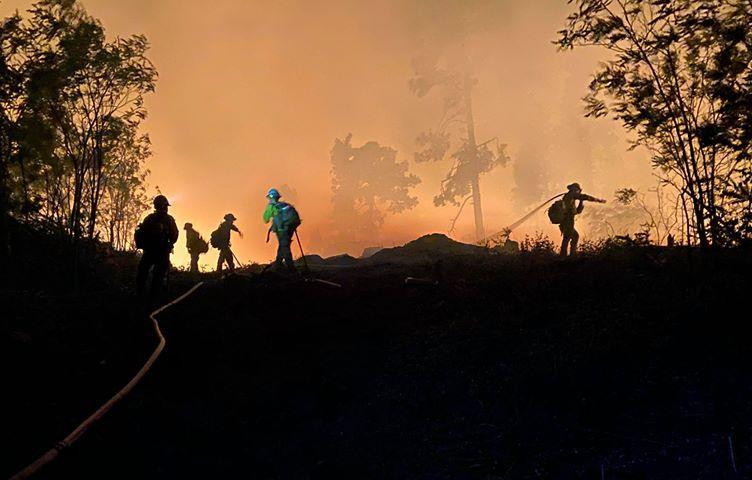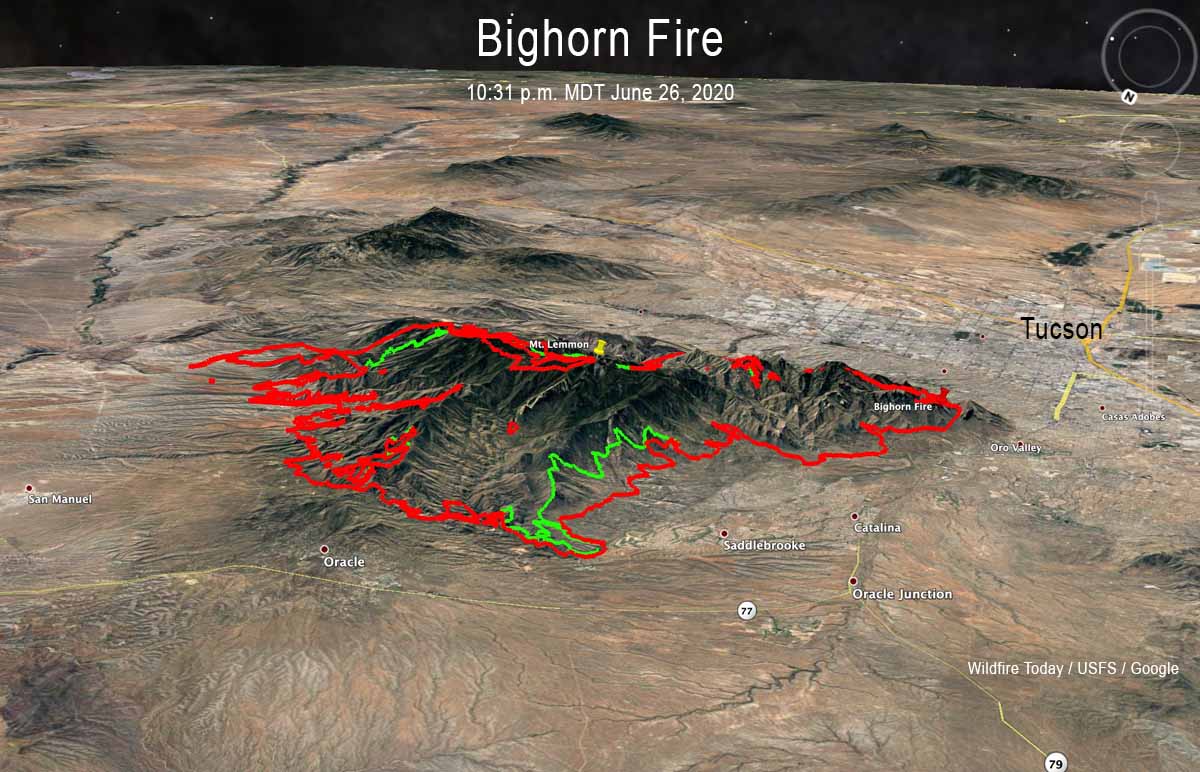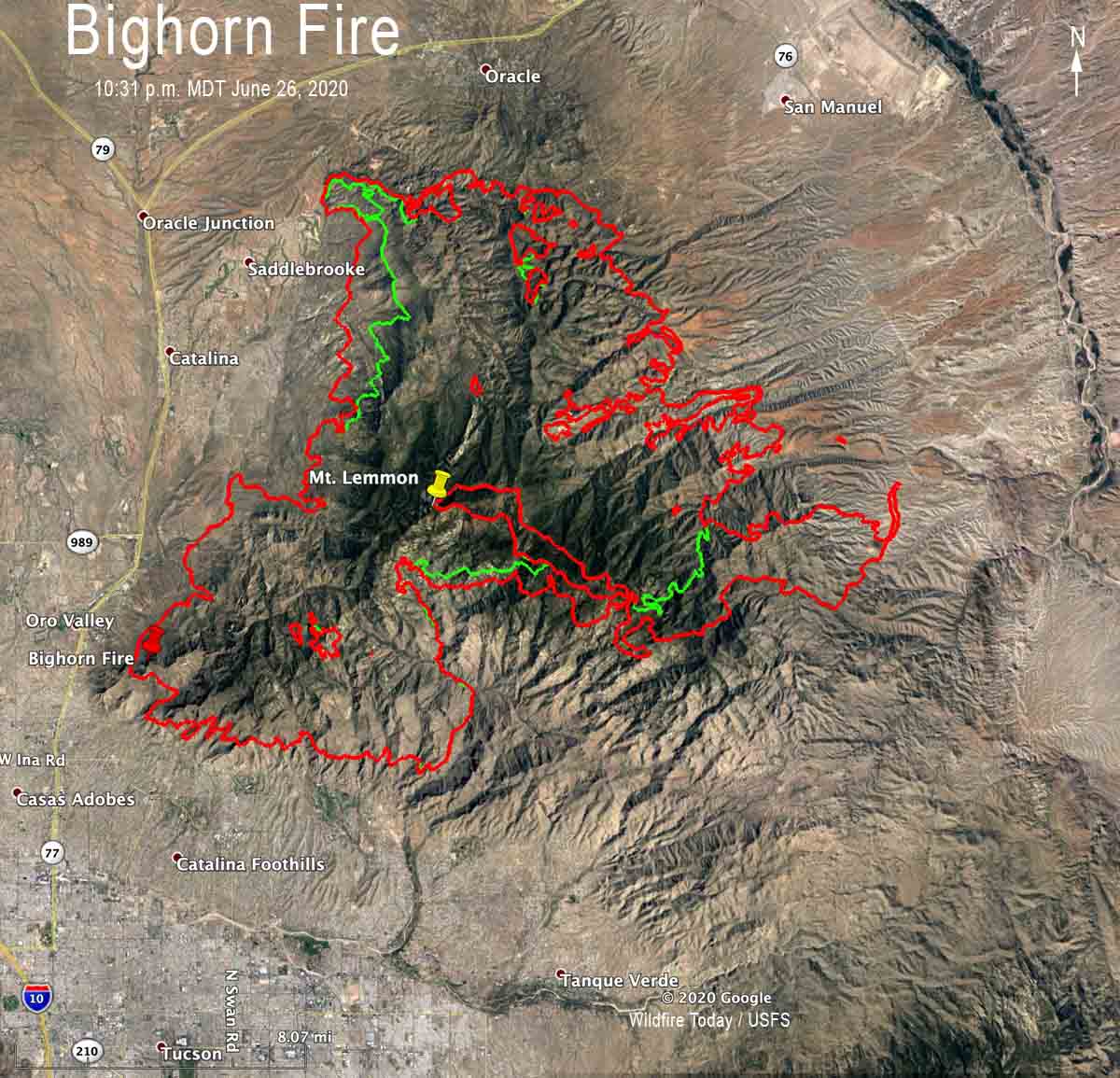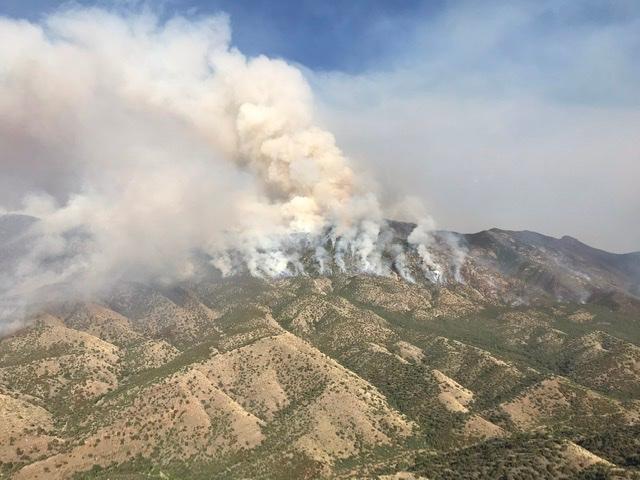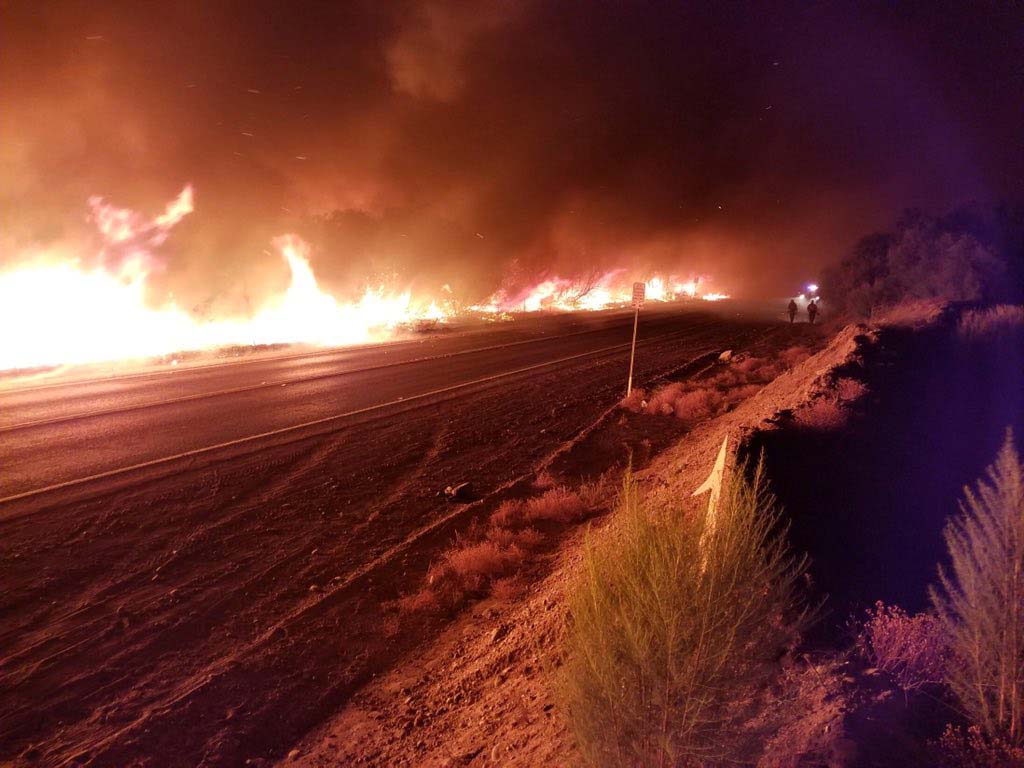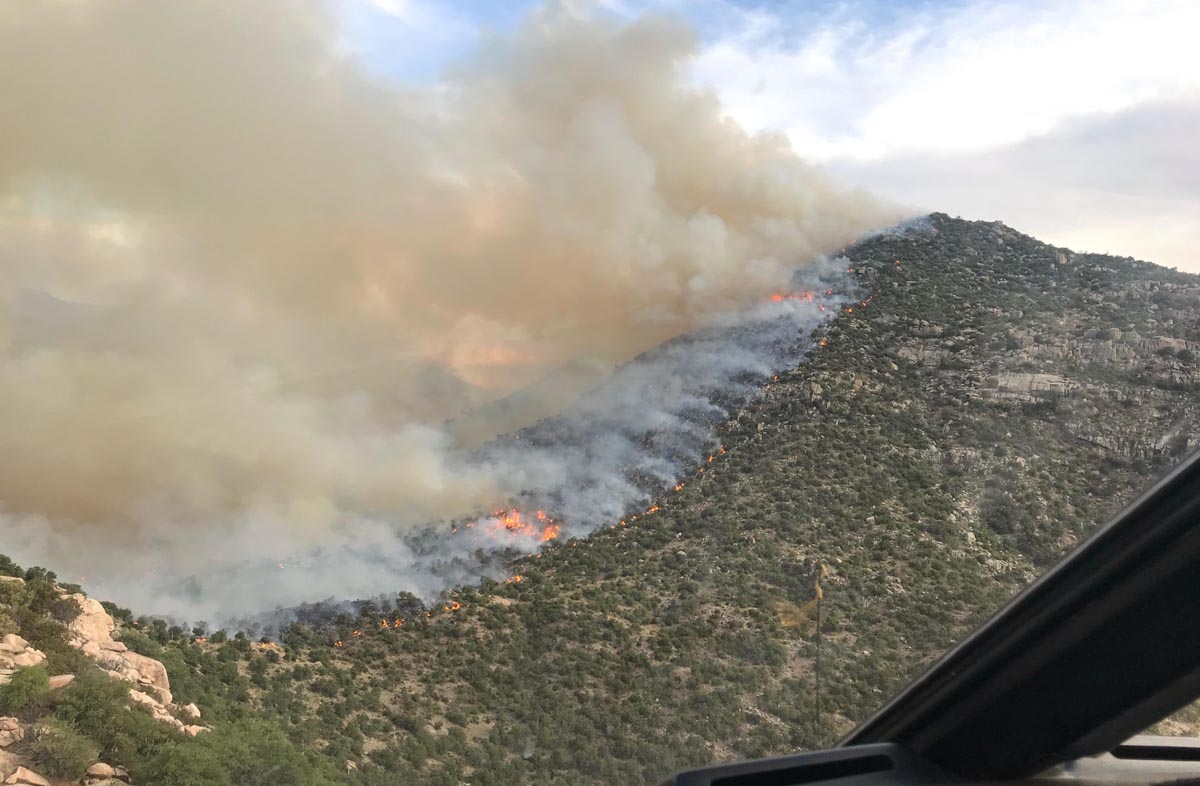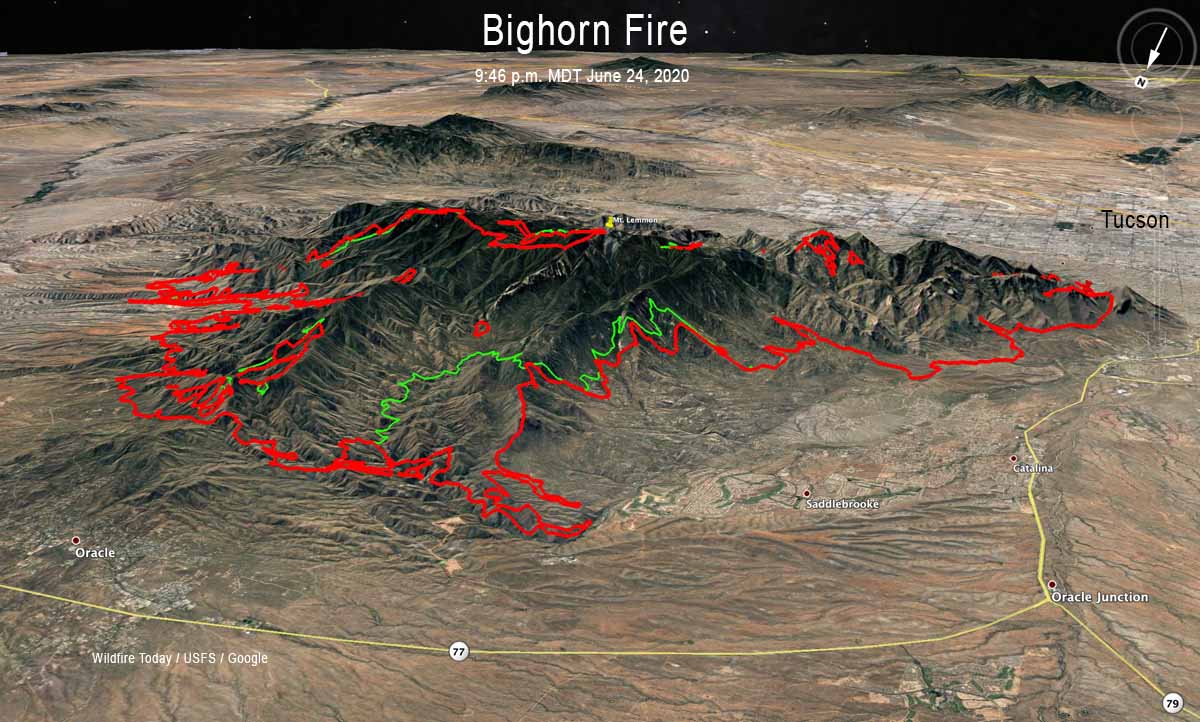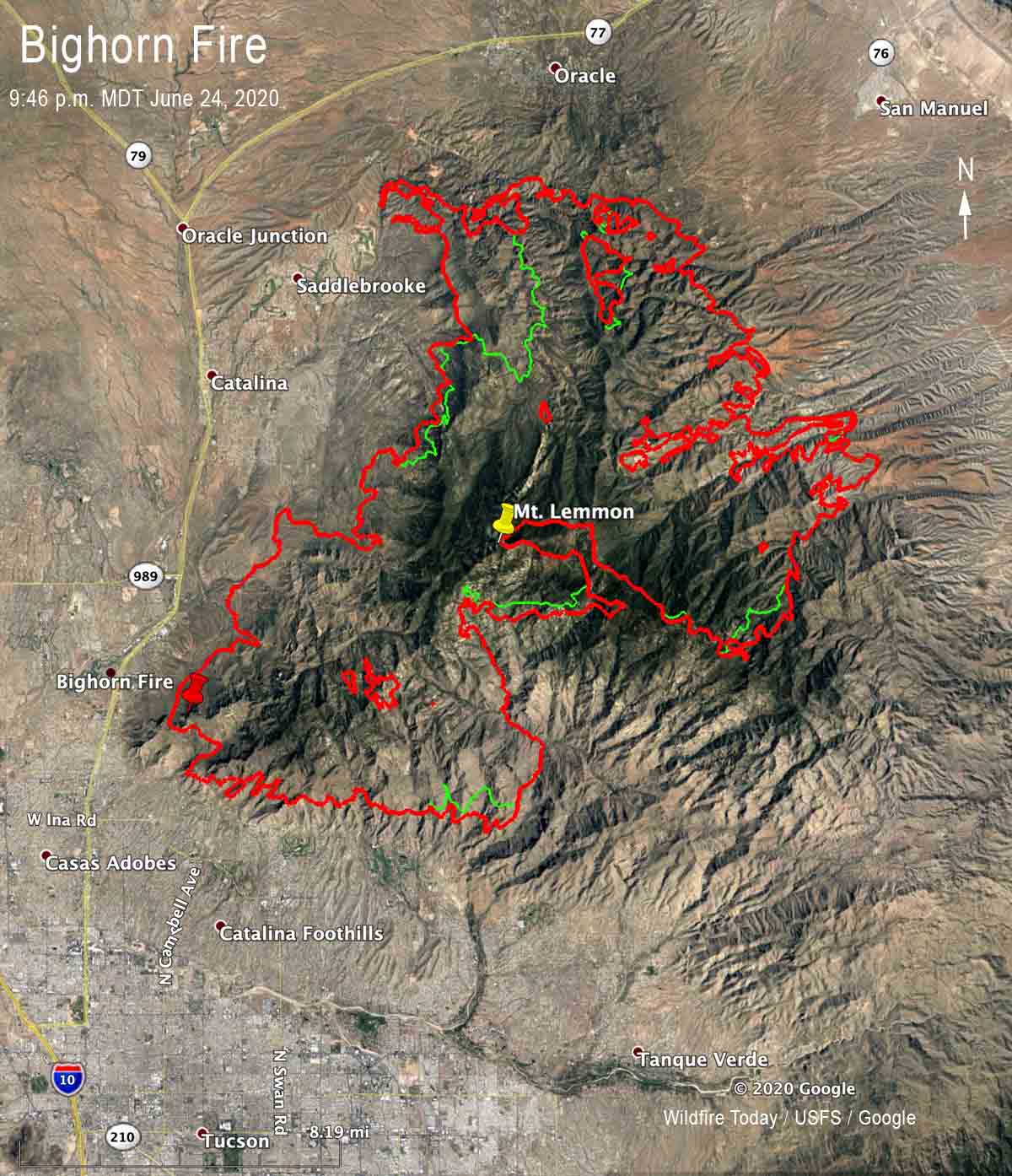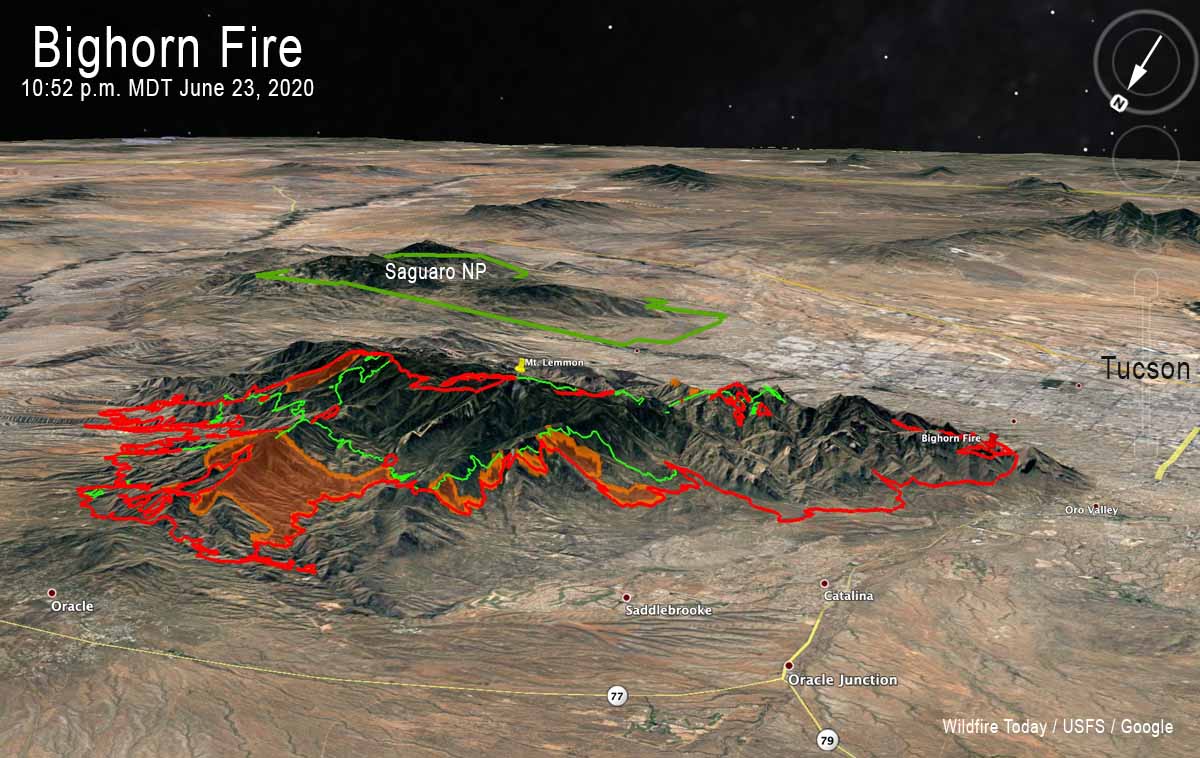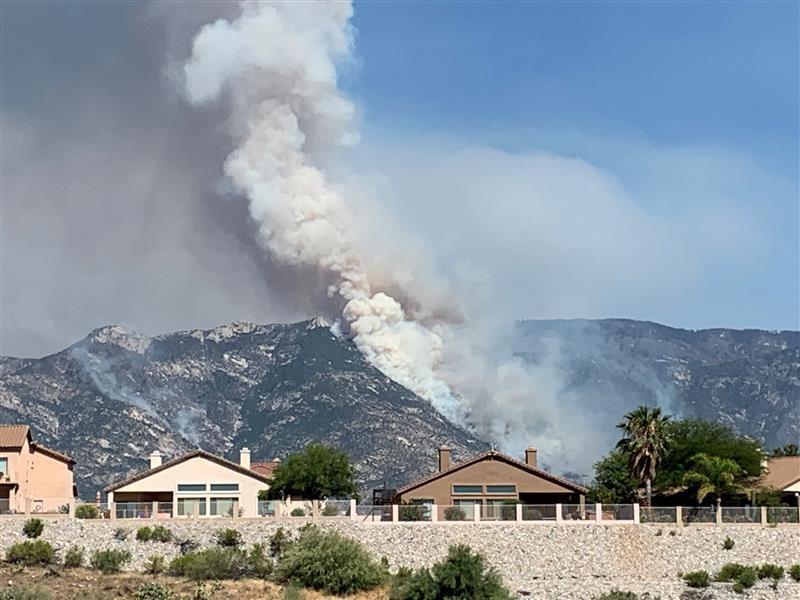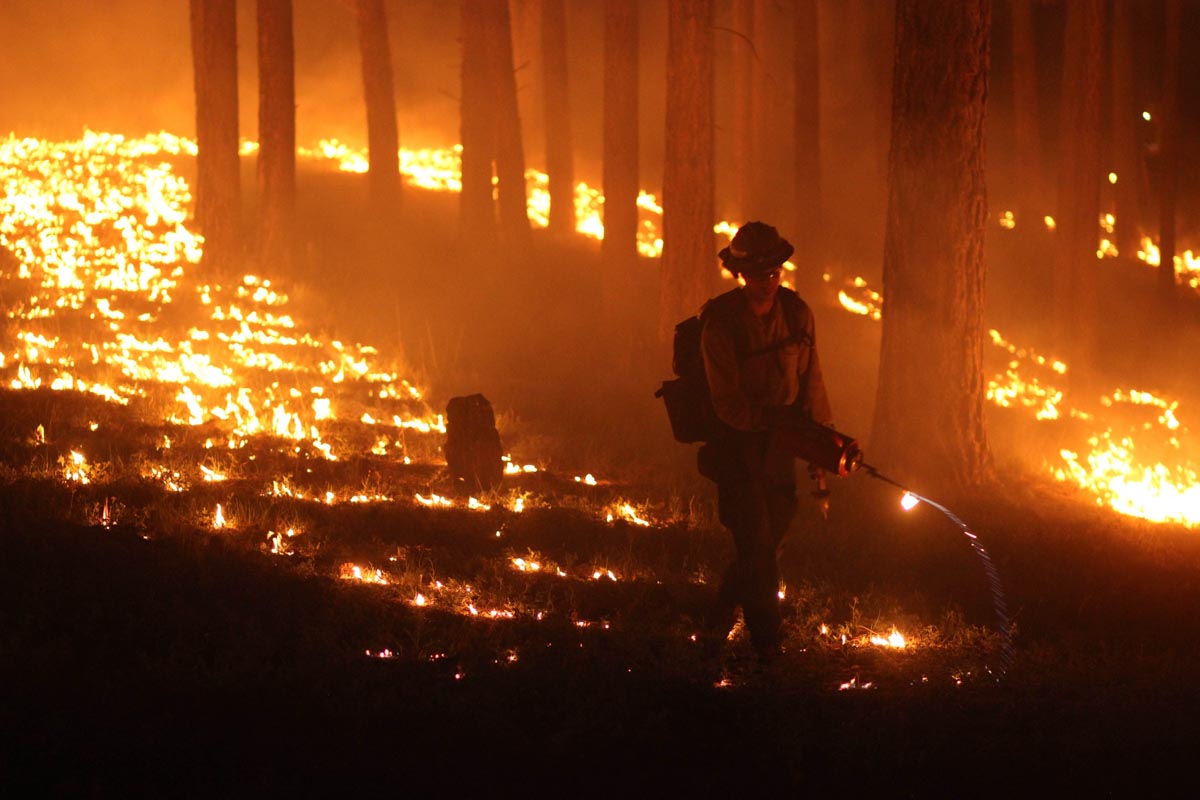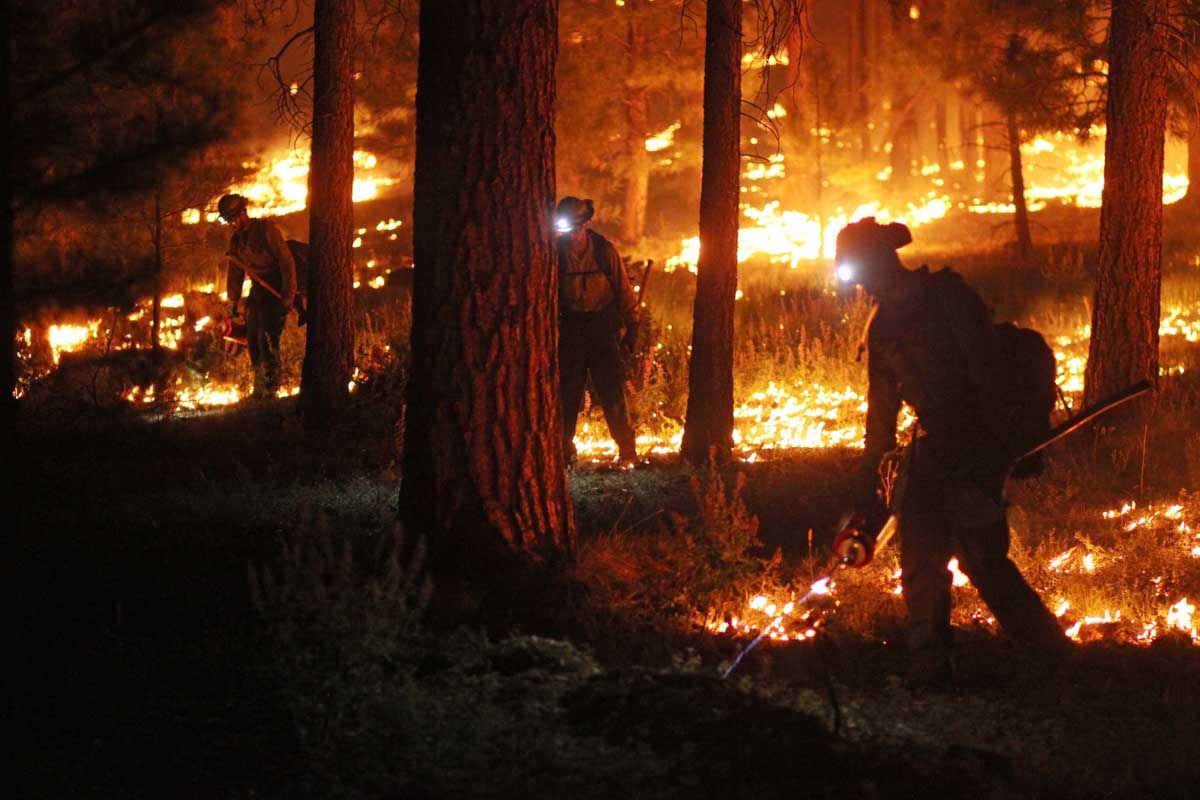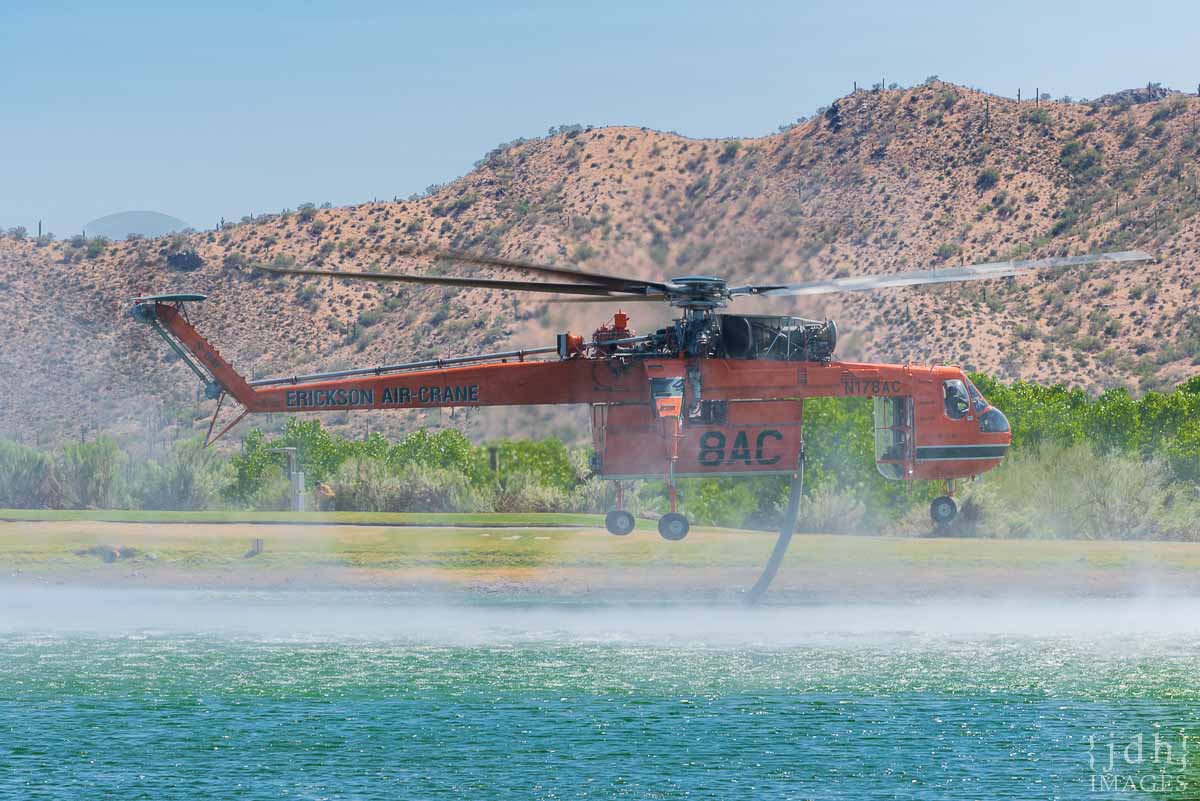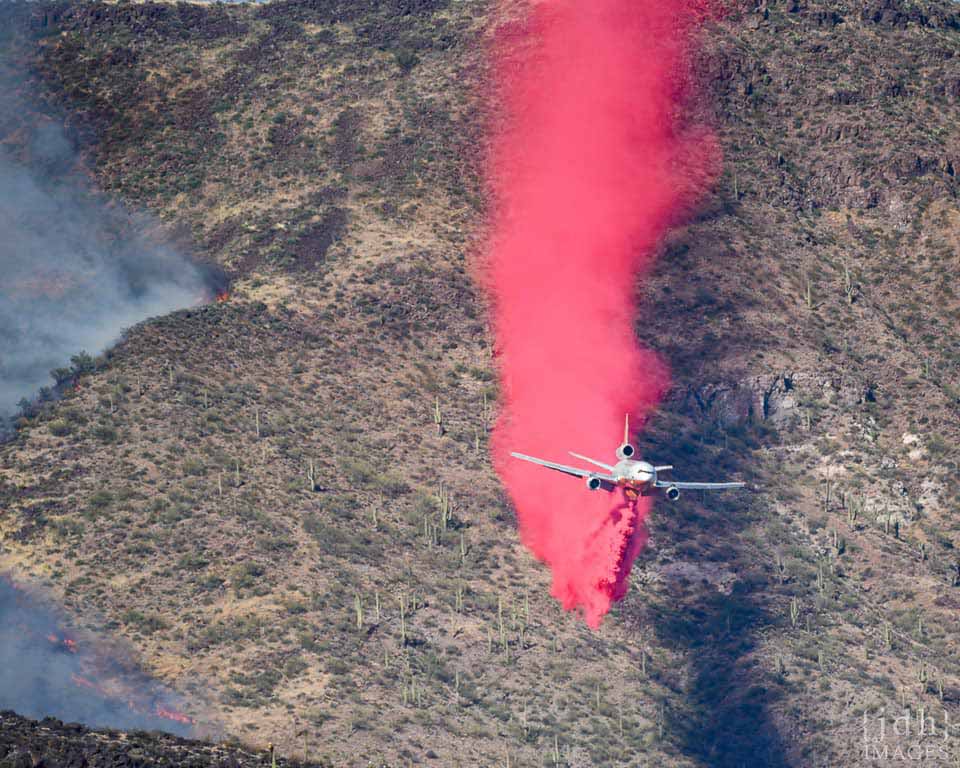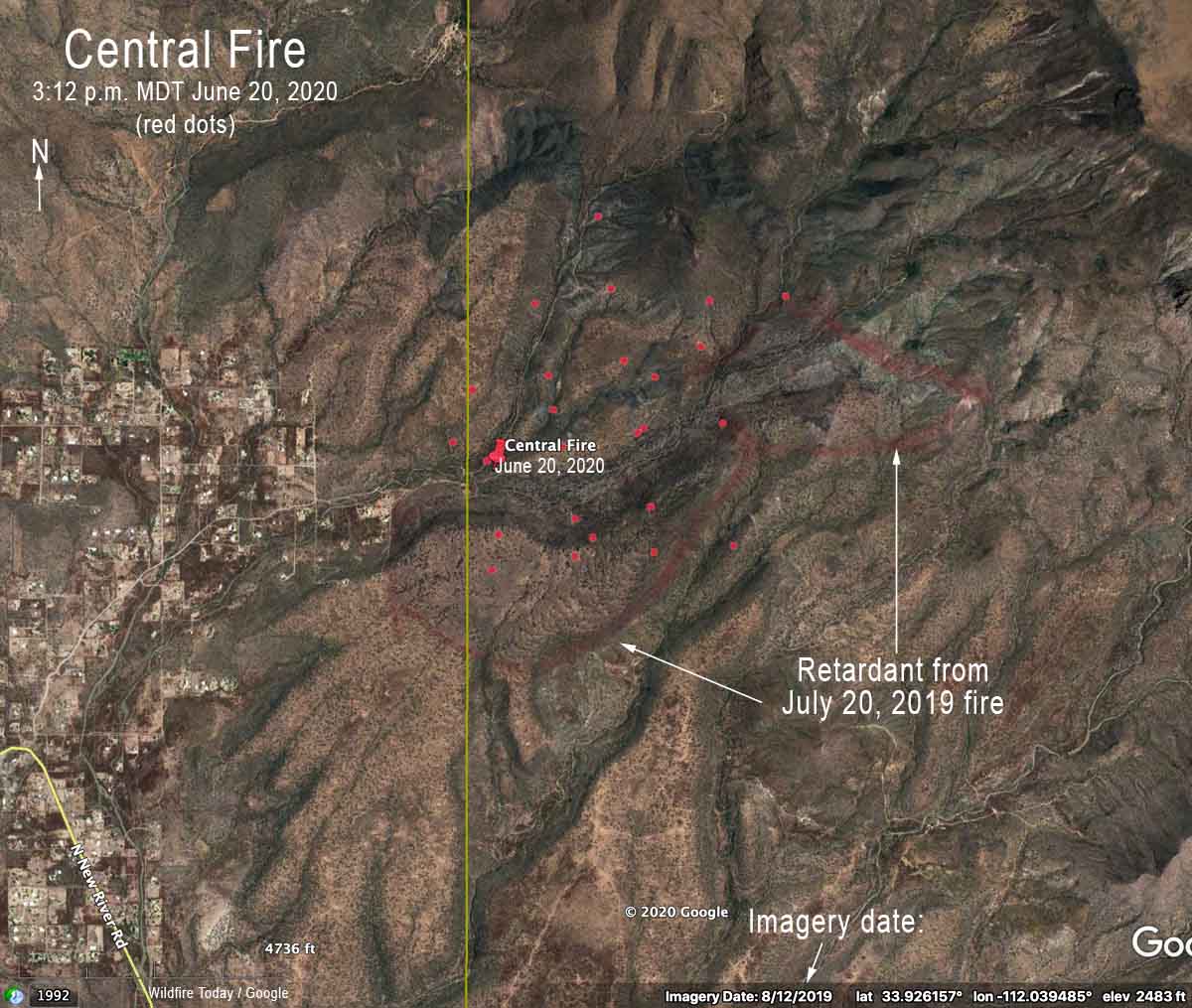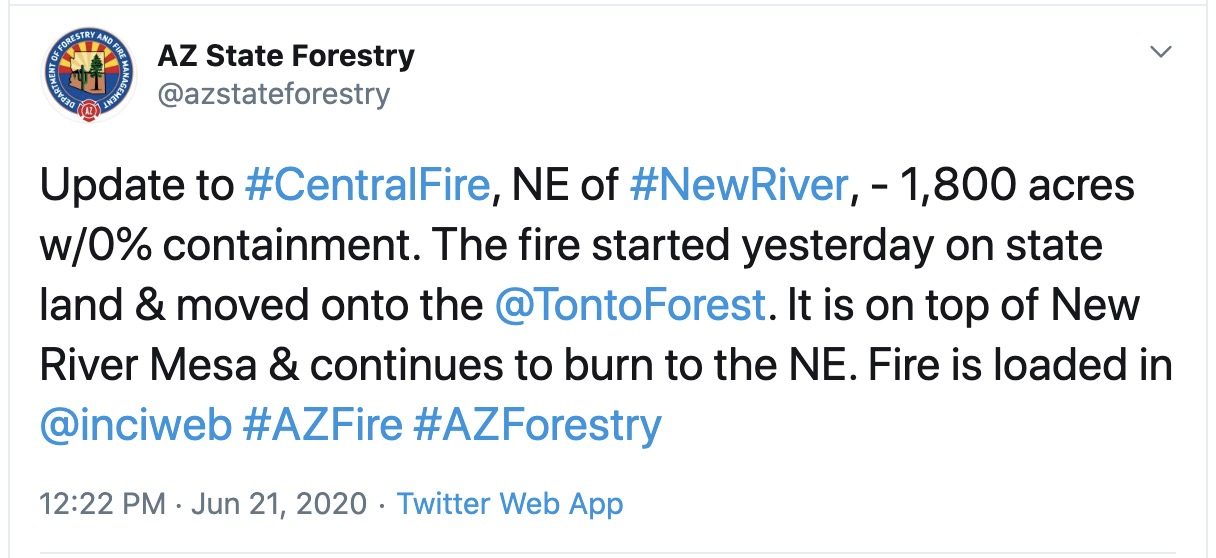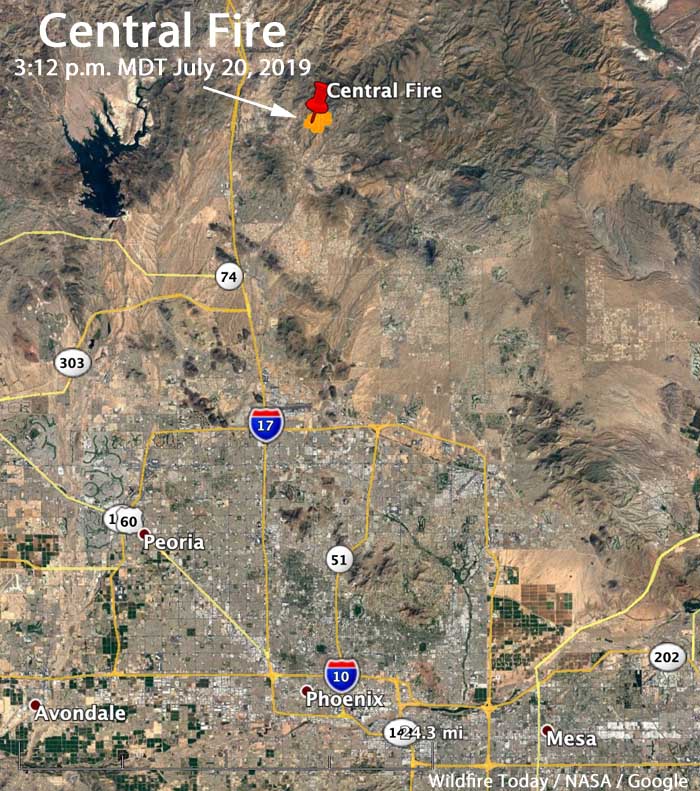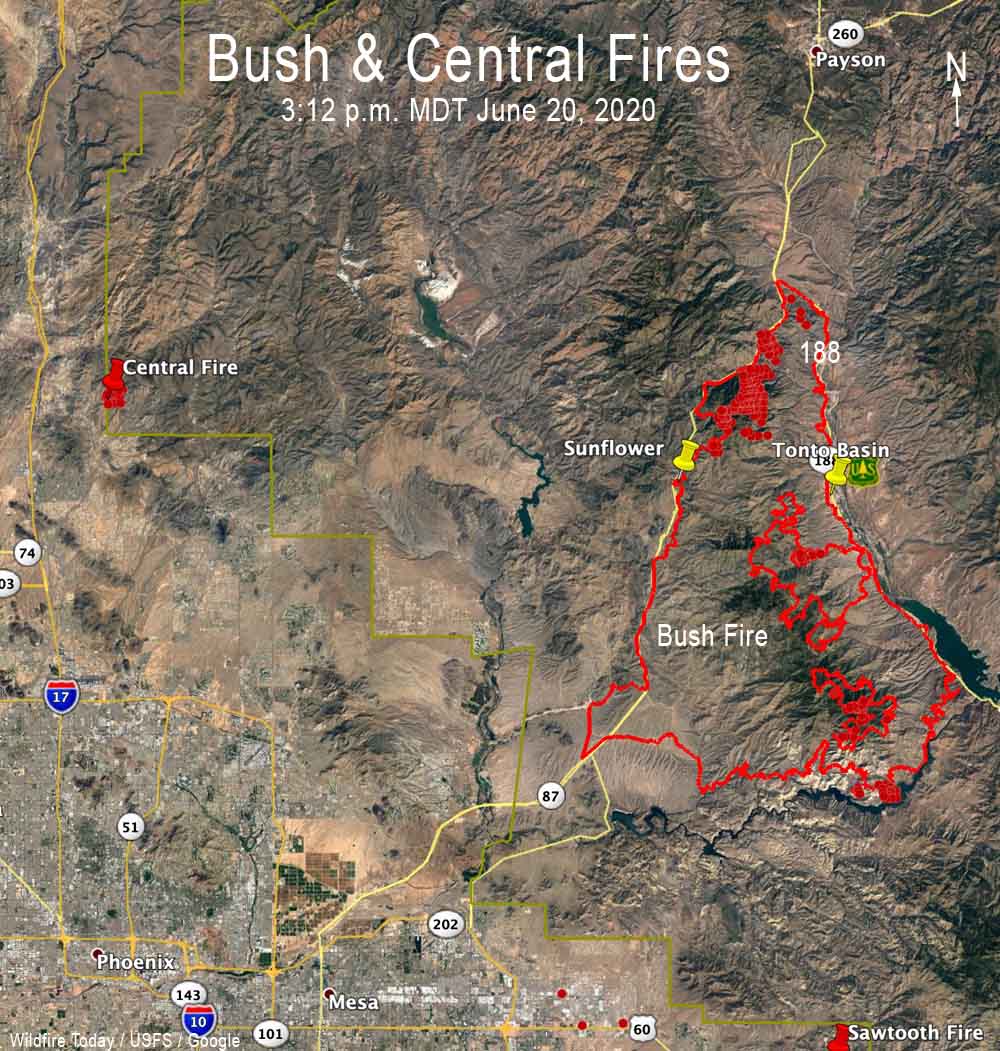(Updated at 8:18 p.m. MDT July 7, 2020)
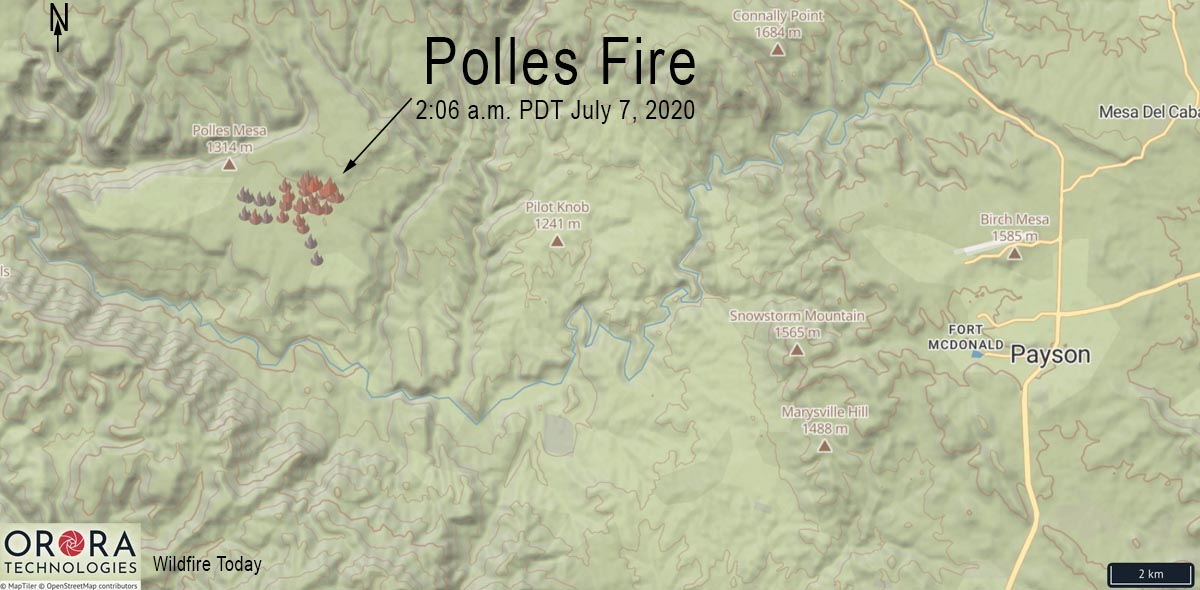
Officials from the Tonto National Forest confirmed that a helicopter crashed today while working on the Polles Fire in central Arizona. The only person on board was the pilot, who was deceased. He was identified in a press conference as Bryan Boatman, 37, with Airwest Helicopters out of Glendale, Arizona. He leaves behind a wife and 8-year-old child.
The Chief of the Pine-Strawberry Fire District said the pilot’s wife arrived at the Payson Airport as the body was being retrieved from the accident scene.
The helicopter crashed north of the main fire in a remote area only accessible on foot or by helicopter while transporting supplies for hand crews. After the crash was reported to the fire’s Incident Commander at 12:22 p.m. Tuesday, a Sergeant with Sheriff’s office was transported to the scene via short haul, suspended on a rope under a helicopter. He began the process of the investigation and removing the pilot’s remains.
A Federal Aviation Administration spokesman said the UH-1H helicopter went down about 10 miles west of Payson.
A Temporary Flight Restriction (TFR) has been issued at the Payson airport due to the crash, Airport Coordinator Dennis Dueker said. All flights in the area will be grounded until the TFR is lifted.
As of Monday night the Polles Fire had burned 580 acres 11 miles west of Payson, Arizona.
The Southwest Area Type 1 Incident Management Team (IMT) #2 led by John Pierson was scheduled to assume command of the fire July 6 at 6 a.m.
Six hotshot crews and three other hand crews are working in conditions described by the incident management team as extreme. They have been working shifts late into the evening for the last few nights, spiked out in remote locations relying on helicopters to fly in their food, drinking water, and supplies.
The IMT said there are no current threats from the fire to the communities of Pine-Strawberry or Payson.
The fire started July 3 from lightning. It is only accessible by helicopter.
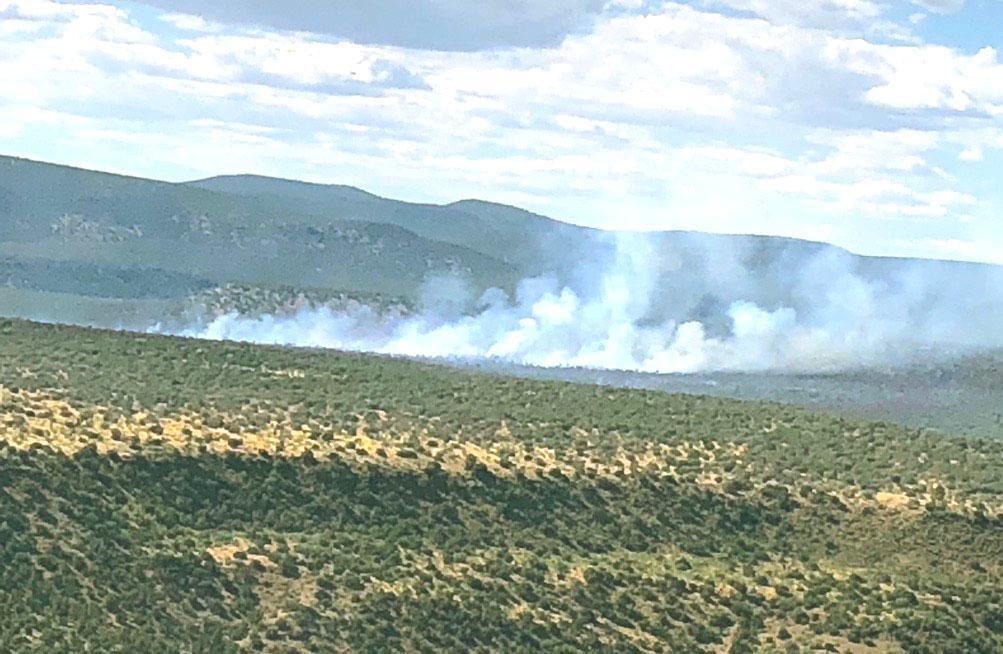
Our sincere condolences go out to the family and friends of the pilot, and the firefighters that were working on the Polles Fire.
Thanks and tips of the hat go out to Tom, Eric, and Kelly. Typos or errors, report them HERE.

